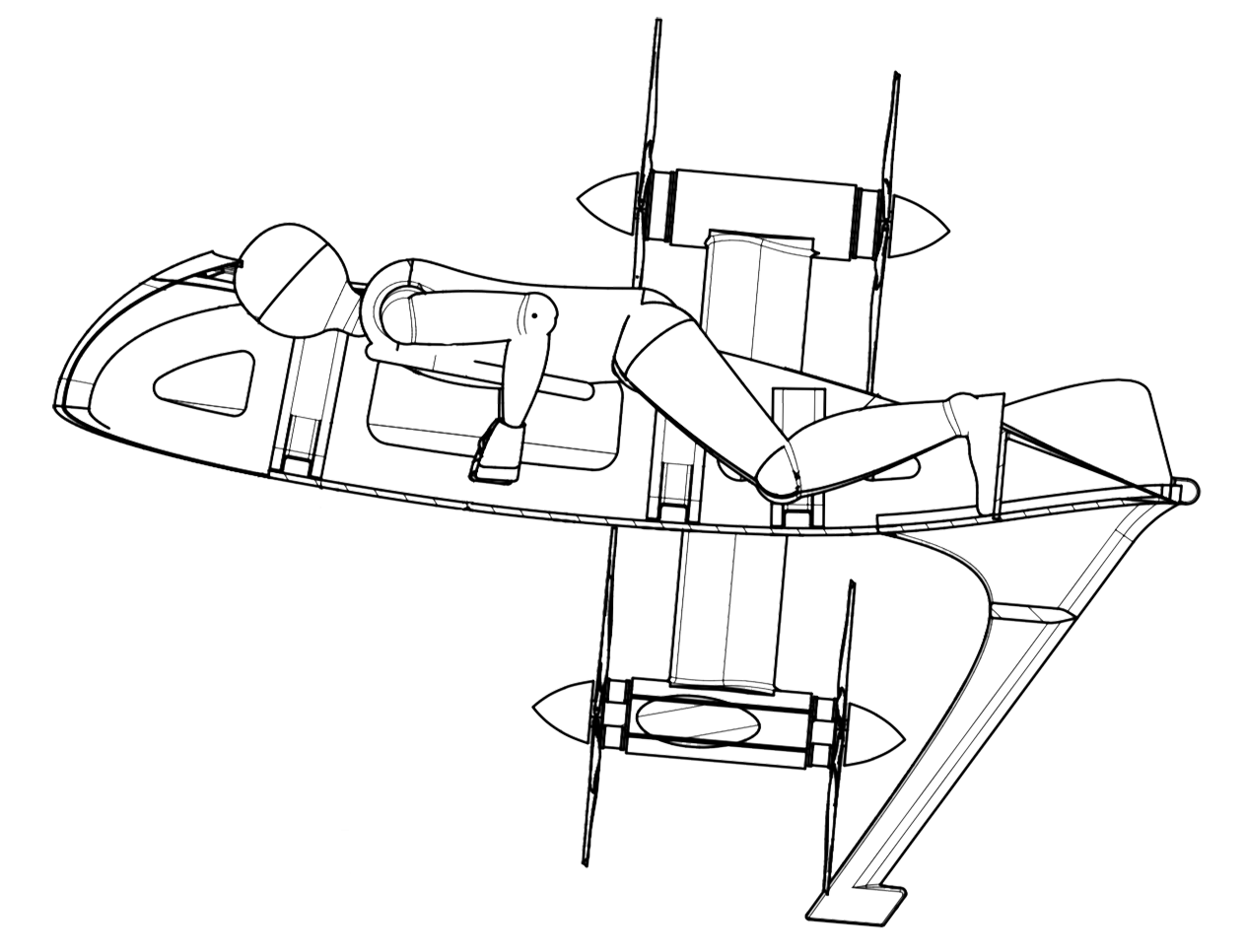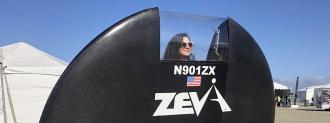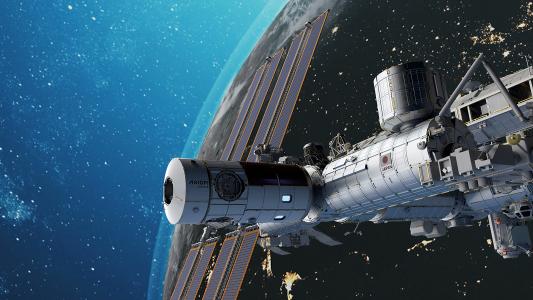A Washington-based startup has a radical vision for the future of personal transportation: a flying saucer-shaped electric vertical takeoff and landing (eVTOL) vehicle that will send you soaring across the sky, on your belly like Superman.
Exploring eVTOLs: By 2050, the proportion of the world’s population living in cities is expected to increase from 50% to nearly 70% — meaning their already congested streets are going to get even more crowded.
A number of companies see eVTOLs as a solution to this problem.
These electric aircraft take off and land like helicopters, so they could operate from rooftops and parking garages, ferrying people across cities without contributing to street traffic.
“73% of us commute solo, so it makes sense to us that our first vehicle will be designed for a single person.”
Stephen Tibbits
Flying solo: Most of the eVTOLs currently in development are meant to carry two to four passengers, but ZEVA Aero is taking a different approach.
“73 percent of us commute solo, so it makes sense to us that our first vehicle will be designed for a single person,” CEO Stephen Tibbits told New Atlas.
That first vehicle is the ZEVA Zero, an 8-foot-wide flying saucer-shaped craft that will carry a single passenger across the sky, lying belly-down.

The body of the Zero is essentially two carbon-fiber discs sandwiched together, with enough room between them for the passenger and the aircraft controls (the passenger is also the pilot, though ZEVA wants to make future versions of the Zero autonomous).
Eight propellers lift the aircraft off the ground while the passenger is in a standing position. The props then rotate the eVTOL so that the passenger is looking down, seeing the world below through a window as the craft flies as far as 50 miles with a top speed of 160 mph.
The benefits: The Zero will be easy to mass produce, according to Tibbits, as the discs for its body can be stamped out using a large press.
Even before any savings that brings, though, ZEVA expects the Zero to cost only $250,000 — other in-development eVTOLs have price tags ranging from $1 million to $3 million.
“We can take off and land in a cul-de-sac, or other places where a 35-foot wingspan is a handicap.”
Stephen Tibbits
The shape of the Zero also saves on space, which could be key if personal air transport becomes as popular as some expect it will.
“We can park six or seven of these in the same space you’d need to park [one of Joby Aviation’s eVTOLs],” Tibbits told New Atlas.
“And we can land them in much smaller spaces,” he added. “We can take off and land in a cul-de-sac, or other places where a 35-foot wingspan is a handicap.”
Testing phase: ZEVA has only put a one-eighth scale version of the Zero through flight tests, but is currently conducting tethered tests with a full-sized prototype. That craft should be ready for remote controlled flights within a month, and tests with a pilot could happen in three to six months.
“Once we demonstrate safe flight, we’ll be categorized as an experimental aircraft, in which case we can begin human flight,” Tibbits said.
“Now, I definitely don’t want to jump the gun on that,” he continued. “We’ll need hundreds of hours on the machine before we put a human in it, and we also need to get our ballistic recovery parachute installed and tested rigorously.”
(Yes, the craft will have an emergency parachute in case of engine failure.)
The big picture: Before ZEVA and other developers start flying their eVTOLs in cities, officials will need to figure out how to regulate this new form of personal transportation and ensure that all the different operators can safely share the sky.
The vehicles will also need to win over the public, and the ZEVA Zero’s design might be a bit harder for the average commuter to swallow than some of the in-development four-seater eVTOLs, which look more like the helicopters and planes that we’re used to flying in.
We’d love to hear from you! If you have a comment about this article or if you have a tip for a future Freethink story, please email us at [email protected].






